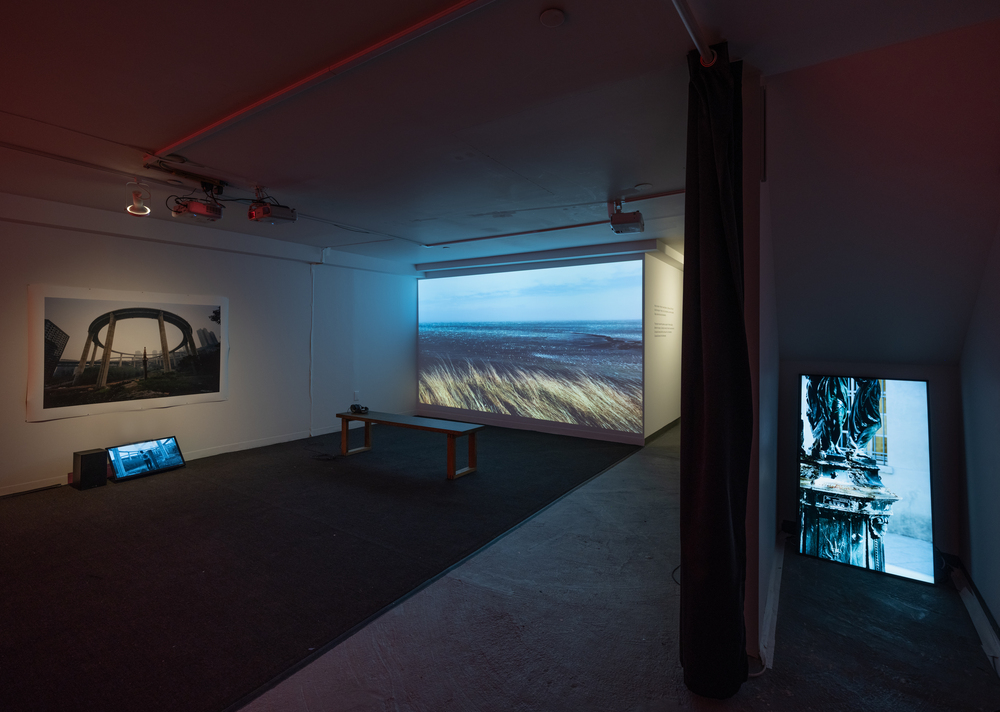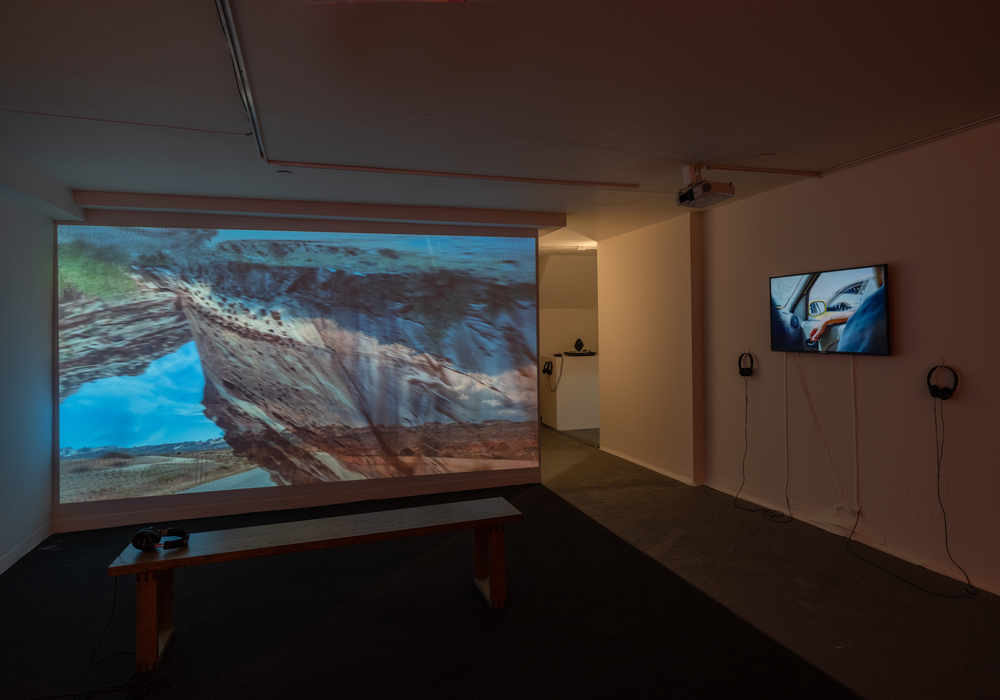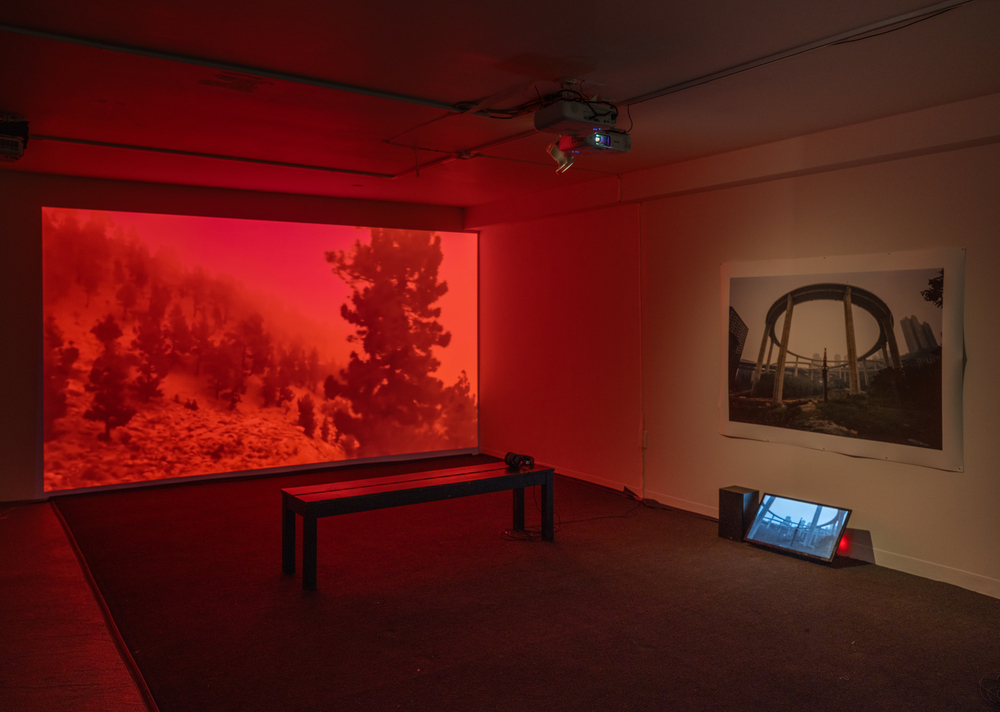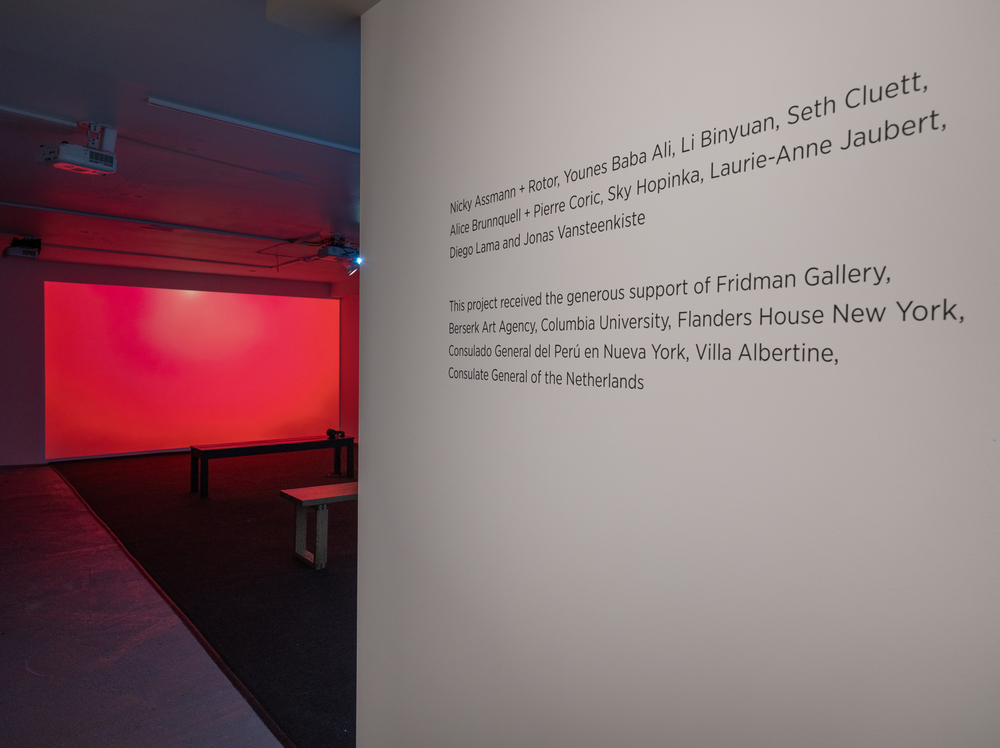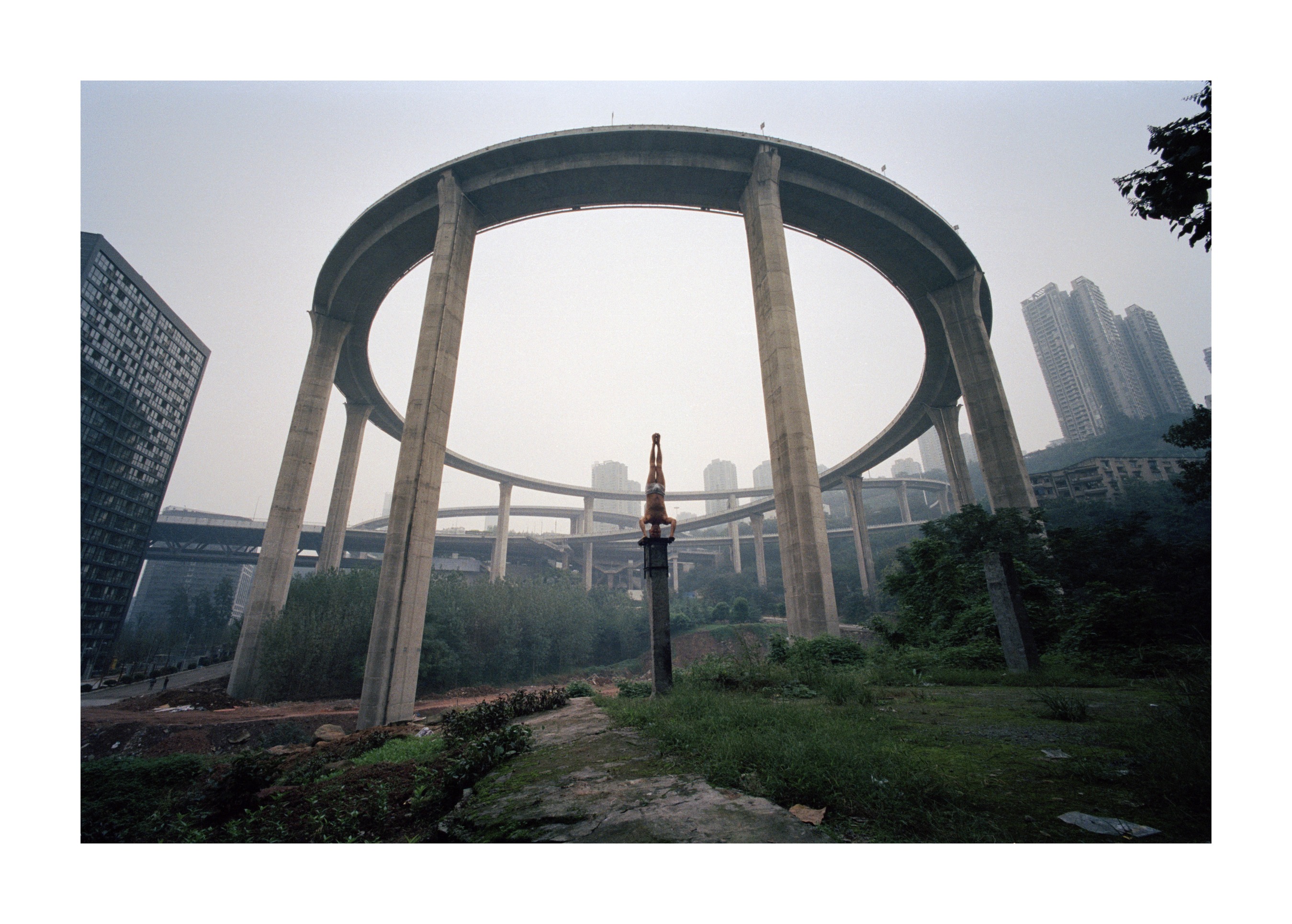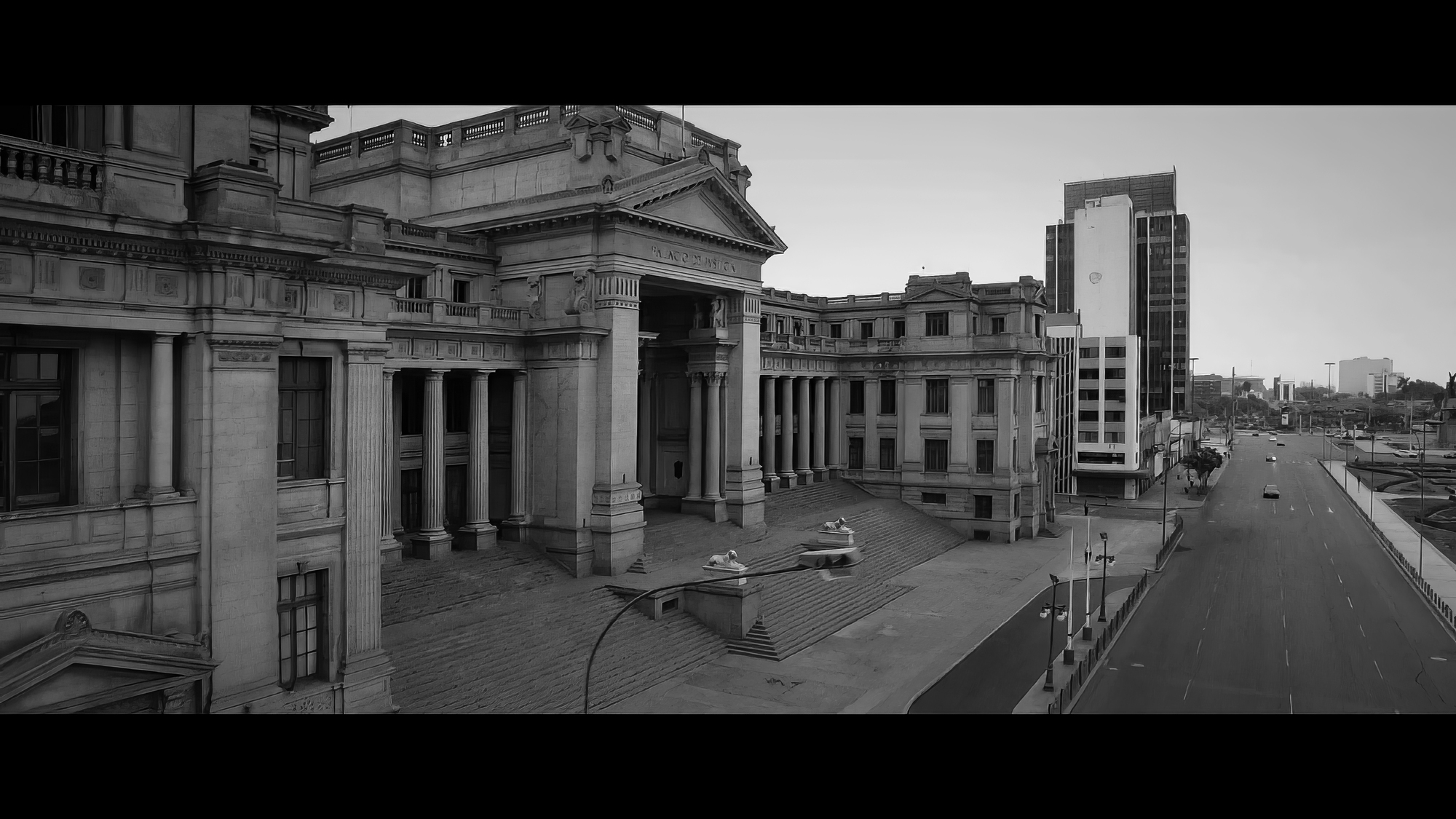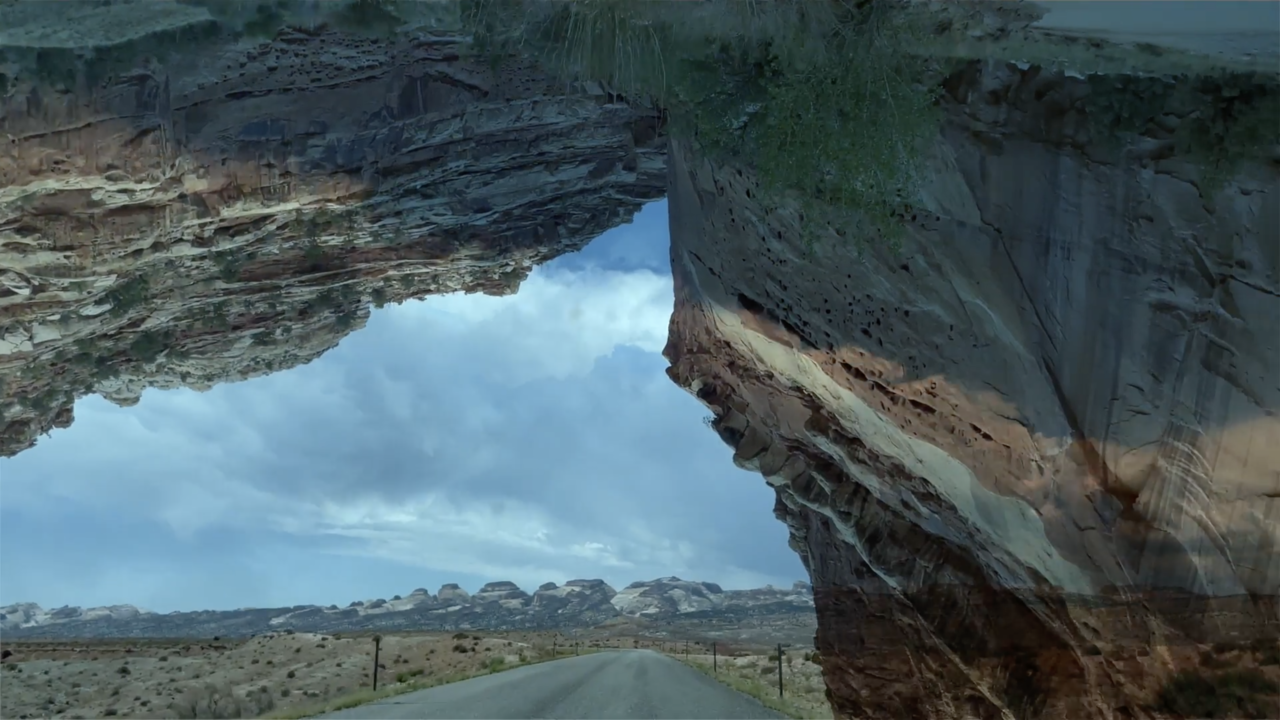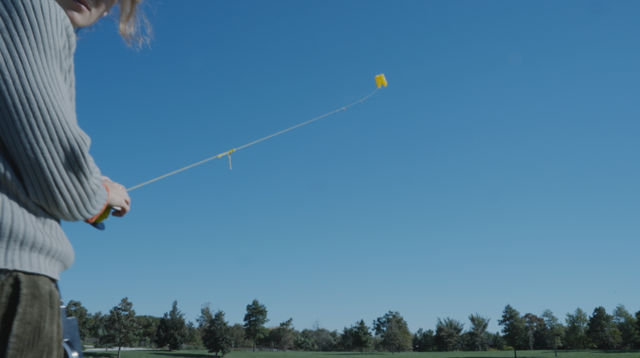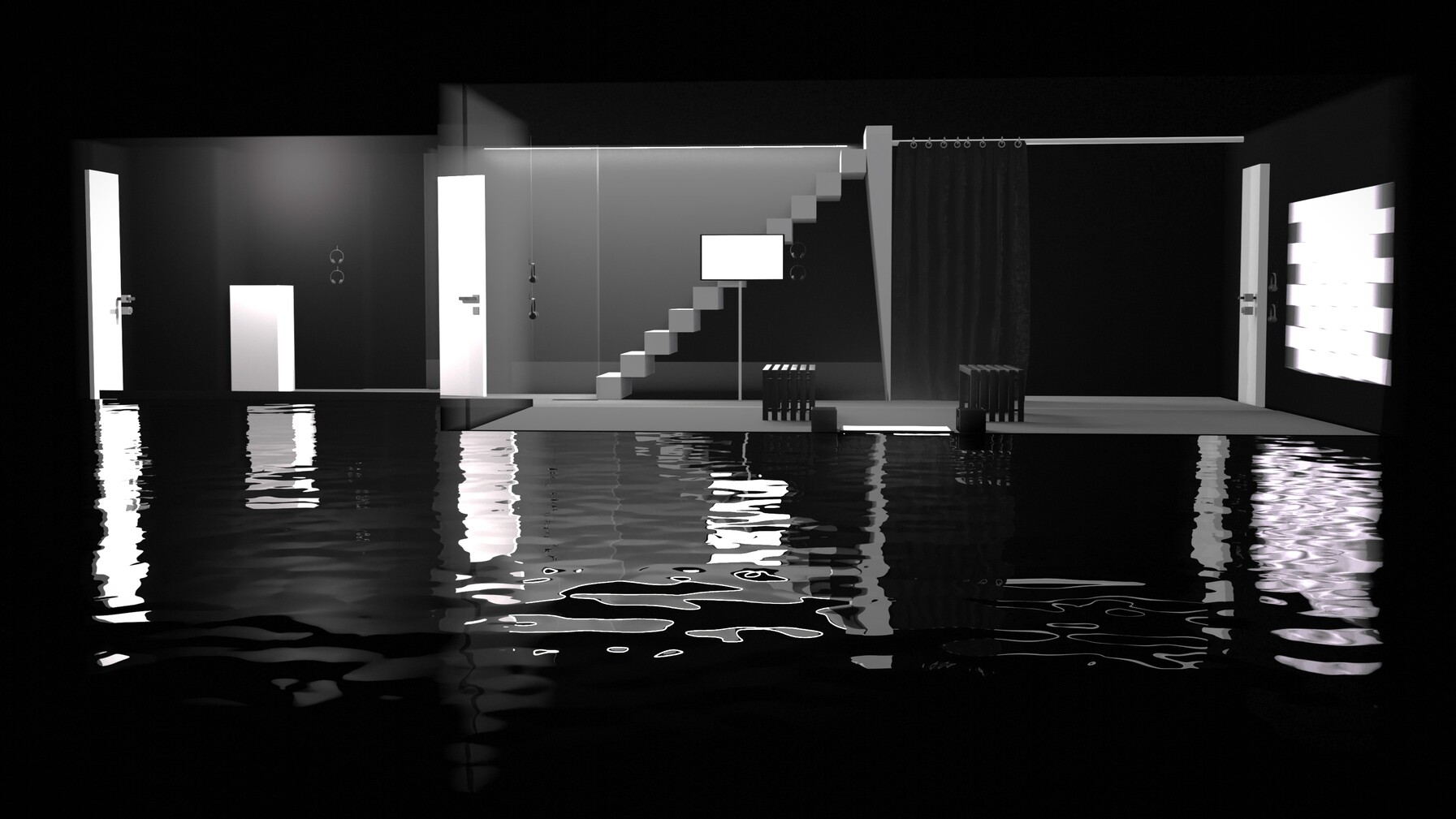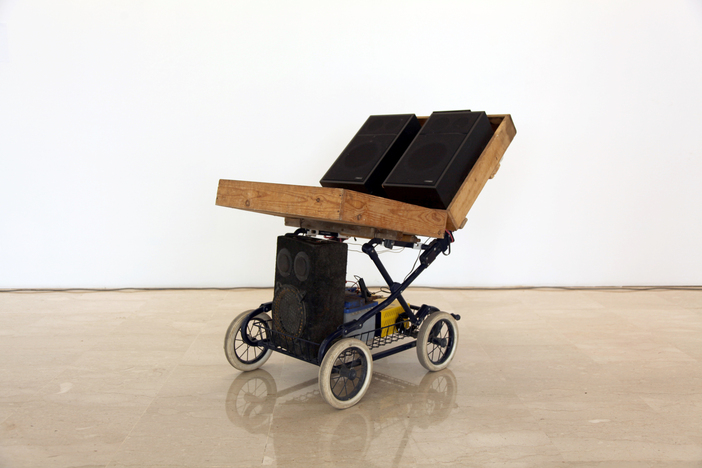Berserk Art Agency is a connector platform for visual arts. We produce, connect and curate.
Cities and Eyes, New York City, USA (2025)
curated by: Anouk Focquier
presented at: Fridman Gallery, New York City (USA)
Coproduced by Fridman Gallery, Columbia University, Berserk Art Agency,
Selected artists: Nicky Assmann + Rotor (NL), Younes Baba Ali (MA/BE), Li Binyuan (CN), Seth Cluett (USA), Alice Brunnquell (FR) & Pierre Coric (BE), Sky Hopinka (USA), Laurie-Anne Jaubert (FR), Diego Lama (PE/BE) and Jonas Vansteenkiste (BE).
Texts: Anouk Focquier
Production assistant: Laureline Soubry
Graphic design: Carl Haase (Zero Desk)
Text revision: Ruth Timmermans, Laureline Soubry
This project received the generous support of Fridman Gallery, Berserk Art Agency, Flanders House New York, Columbia University, Consulado General del Perú en Nueva York, Villa Albertine, Consulate General of the Netherlands.
The first iteration of the exhibition cycle, Cities and Eyes, took place on the invitation of Iliya Fridman, founder of Fridman Gallery, from February 28 to March 30, 2025.
Cities and Eyes is an exploration of the intricate relationship between urban life and the human “critters”—as Donna Haraway aptly calls human beings—who design, inhabit, and are shaped by the sprawling concrete labyrinths of modern cities. At its core, the exhibition examines how our position in space and time influences our perception, offering multiple vantage points from which to observe the city, its inhabitants, and the spaces that lie beyond.
The title Cities and Eyes evokes our ability to view the world from a kaleidoscopic perspective. Borrowing from the cinematic approach often present in Italo Calvino’s writing, the exhibition begins with the idea of perspective—the position of the “camera,” so to speak, and the way it frames what we observe.
Calvino’s depiction of Despina in Le Città Invisibili captures this idea concisely:
“Despina can be reached in two ways: by ship or by camel. The city displays one face to the traveler arriving overland and a different one to him who arrives by sea.”
This multiplicity of perspectives underpins the curatorial approach of Cities and Eyes. The exhibition brings together works that each adopt a unique vantage point—whether from the perspective of the city’s architecture, the “critters” who inhabit it, or the interstitial spaces where city and Nature collide.
Cities and Eyes deliberately broadens the scope to include works that examine humanity’s relationship with the natural world, as seen through the lens of Homo Urbanus. These pieces reflect on the tension between the human desire to shape and control the environment and the unyielding forces of Nature that persist beyond the edges of our constructed realities.
Together, the selected works weave a tapestry of perspectives and a framework for imagination, creating a dialogue between the city, its human inhabitants, and the natural spaces they intersect.
Cities And Eyes brings together and presents the works of Nicky Assmann + Rotor (NL), Younes Baba-Ali (MA/BE), Li Binyuan (CN), Seth Cluett (USA), Pierre Coric (BE) & Alice Brunnquell (FR), Laurie-Anne Jaubert (FR), Sky Hopinka (USA), Diego Lama (PE) and Jonas Vansteenkiste (BE).
The opening reception of Cities and Eyes took place on February 28th at Flanders House, The Flemish Representation in New York. This event premiered Alice Brunnquell’s and Pierre Coric’s short film The Ways We Are It (2024). The film takes Governors Island as a vantage point, an uninhabited island in the Upper Bay, juxtaposed with the towering skyline of Lower Manhattan. The Flanders House offices, located on the 38th floor of the New York Times Building, offer a breathtaking view of the Upper Bay and the Hudson River. With this setting, the premiere seamlessly intertwines the film with its subject in reality.
During the transfer from Flanders House to the official opening of Cities and Eyes at Fridman Gallery, Younes Baba-Ali performed his sound performance in public space ‘Carroussa Sonore’ (2012). This mobile sound installation, a curated collection of sound pieces produced by various artists, embodies the spirit of artistic generosity, inviting random passer-by to listen, enter into dialogue or join us to the opening.
On March 2nd, 2025, a morning guided visit to the exhibition provided a contemplative start to the day. The tour was enriched by Seth Cluett’s hybrid audiovisual performance Paradiegesis (2024), which excavates the often-invisible boundaries between urban green spaces and the concrete expanses surrounding them.
During the afternoon a panel discussion, titled ‘Artistic Generosity as Resistance to Exclusivity’, was held at the Lenfest Center for the Arts, generously supported by Columbia University. The panel discussion zoomed in on the topic of artistic generosity and how it can be a tool to connect with a diverse audience and to open the artistic landscape to invisible practices.
